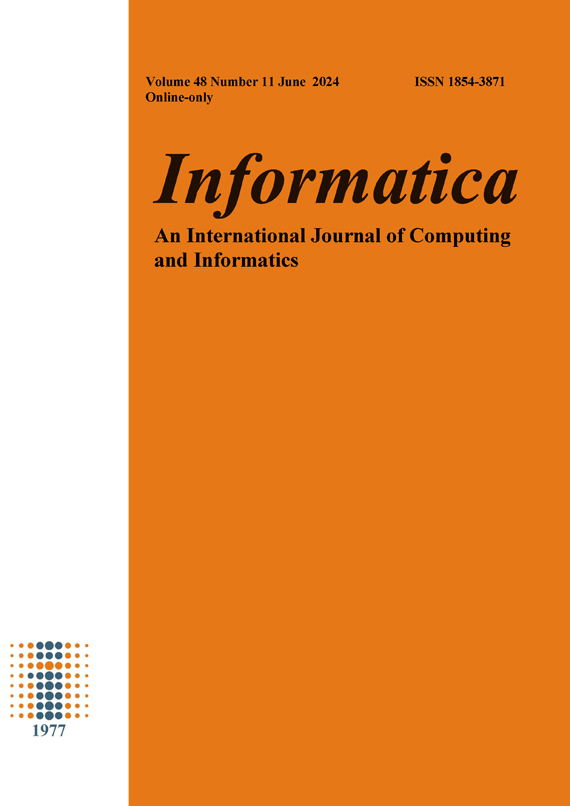A Study on the Application of New Feature Techniques for Multimedia Analysis in Artificial Neural Networks by Fusing Image Processing
Abstract
To evaluate and extract information from multimedia material including photos, videos, and audio, a fusion of image processing and computer vision methods known as kernel principal component analysis (KPCA) is used. The objective is to create a system that can automatically identify relevant aspects of multimedia data and make them available for analysis and decision-making. By merging various processing methods, the fusion of image processing and multimedia analysis may improve analysis efficiency. The CT scans of one thousand Chinese hospital patients are included in the large TianChi contest dataset used to train artificial neural networks (ANN) for use in multimedia analysis. For multimedia analysis by combining image processing, we proposed kernel principal component analysis with artificial neural networks (KPCA-ANN) in this paper. The ability to process, analyze, and understand multimedia data by merging image processing into multimedia analysis has tremendous promise. It may improve decision-making, deepen our comprehension of complicated processes, and provide more fruitful means of information exchange. The experimental findings demonstrate that the proposed strategy has provided a absolute mean error of 7 and structural similarity index of 86.
DOI:
https://doi.org/10.31449/inf.v48i11.5851Downloads
Published
Issue
Section
License
I assign to Informatica, An International Journal of Computing and Informatics ("Journal") the copyright in the manuscript identified above and any additional material (figures, tables, illustrations, software or other information intended for publication) submitted as part of or as a supplement to the manuscript ("Paper") in all forms and media throughout the world, in all languages, for the full term of copyright, effective when and if the article is accepted for publication. This transfer includes the right to reproduce and/or to distribute the Paper to other journals or digital libraries in electronic and online forms and systems.
I understand that I retain the rights to use the pre-prints, off-prints, accepted manuscript and published journal Paper for personal use, scholarly purposes and internal institutional use.
In certain cases, I can ask for retaining the publishing rights of the Paper. The Journal can permit or deny the request for publishing rights, to which I fully agree.
I declare that the submitted Paper is original, has been written by the stated authors and has not been published elsewhere nor is currently being considered for publication by any other journal and will not be submitted for such review while under review by this Journal. The Paper contains no material that violates proprietary rights of any other person or entity. I have obtained written permission from copyright owners for any excerpts from copyrighted works that are included and have credited the sources in my article. I have informed the co-author(s) of the terms of this publishing agreement.
Copyright © Slovenian Society Informatika

















